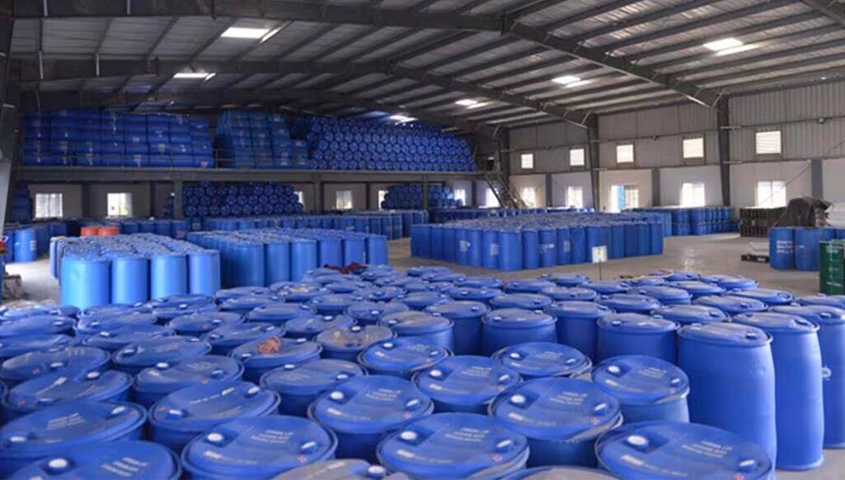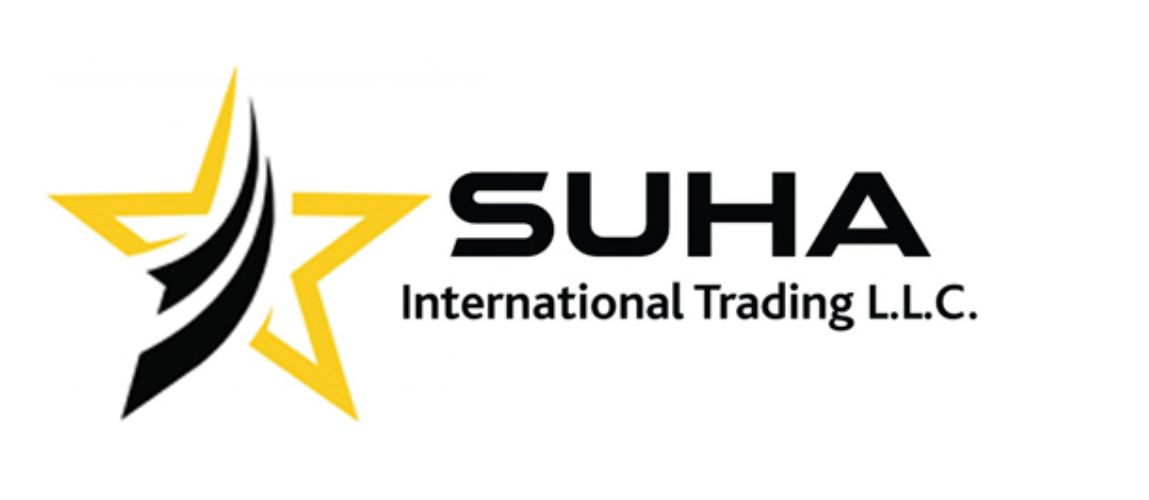Supplier of Sulfuric Acids From Turkey and Dubai UAE

Description of Sulfuric Acid
Sulfuric Acid (H₂SO₄) is a dense, highly corrosive, colorless to slightly yellow mineral acid. Known as the “king of chemicals,” it is a vital raw material across numerous industrial processes. With reactive and dehydrating properties, sulfuric acid functions as a catalyst, electrolyte, and dehydrating agent in chemical manufacturing, fertilizers, metal processing, and pharmaceuticals. Its high global demand makes it indispensable in industrial operations.
Physical and Chemical Properties
Understanding sulfuric acid’s properties ensures safe and effective use:
-
Chemical Formula: H₂SO₄
-
Molar Mass: 98.08 g/mol
-
Appearance: Colorless to slightly yellow, oily liquid
-
Odor: Pungent
-
Density: 1.84 g/cm³ (concentrated)
-
Melting Point: 10°C
-
Boiling Point: 337°C
-
Solubility: Miscible with water; highly exothermic upon dilution
-
pH: <1
-
Reactivity: Strongly reacts with water, metals, bases, and organic materials
-
Corrosiveness: Extremely corrosive to skin, metals, and organic tissues
These characteristics make it indispensable for chemical synthesis, pH control, and industrial processes.
Types and Grades of Sulfuric Acid
Sulfuric acid is available in several grades for different industrial applications:
-
Battery Grade: For lead-acid batteries and automotive applications
-
Technical Grade: For chemical processing, wastewater treatment, and industrial manufacturing
-
Chemically Pure (CP) Grade: Laboratory and pharmaceutical use
-
Oleum (Fuming Sulfuric Acid): For nitration and specialized chemical synthesis
-
Diluted Sulfuric Acid Solutions: Custom concentrations for specific industrial processes
Applications of Sulfuric Acid
Sulfuric acid is used across multiple sectors:
-
Fertilizer Manufacturing: Produces phosphoric acid for phosphate-based fertilizers like MAP and DAP
-
Battery Industry: Primary electrolyte in lead-acid batteries
-
Petroleum Refining: Alkylation processes to improve fuel octane and remove impurities
-
Metal Processing & Mining: Leaching of copper, nickel, and zinc
-
Chemical Manufacturing: Produces hydrochloric acid, nitric acid, dyes, pigments, and synthetic detergents; often used alongside Caustic Soda Flakes for neutralization and pH adjustment
-
Pulp & Paper: pH regulation and pulp digestion
-
Water Treatment: Neutralizes alkaline water and adjusts wastewater pH
-
Textile & Dye Manufacturing: Acts as a catalyst and pH controller
Handling and Storage
Sulfuric acid is highly corrosive, requiring proper safety measures:
-
Store in corrosion-resistant containers (HDPE drums, IBCs, or ISO tanks) in cool, ventilated areas
-
Avoid contact with water, metals, and organic materials
-
Use PPE: chemical-resistant gloves, goggles, face shields, and protective clothing
-
Neutralize spills with lime or sodium bicarbonate
-
In case of contact, rinse skin or eyes immediately with water and seek medical attention
Packaging Options
Sulfuric acid is offered in packaging suitable for different operational scales:
-
30–250 kg HDPE drums for smaller orders
-
1000-liter Intermediate Bulk Containers (IBCs) for medium-scale operations
-
ISO tank containers for international bulk shipments
-
Custom packaging available on request
Container Loading
A standard 20 ft. container can hold approximately 18–20 metric tons in drums or IBCs, ensuring safe and efficient global delivery.
Technical Data Sheet of Sulfuric Acid (H₂SO₄)
| Property | Units | Limit | Result | Test method |
|---|---|---|---|---|
| H2SO4 Min | %w/w | 96 | 98 | ISIRI 210 |
| Fe Max | ppm | 60 | 9.26 | ISIRI 210 |
| As Max | ppm | 40 | 0.80 | ISIRI 210 |
| Non-volatile Material. Max | %w/w | 0.05 | 0.001 | ISIRI 210 |
Technical Data Sheets of Sulfuric Acid (For Download TDS Click Here)


